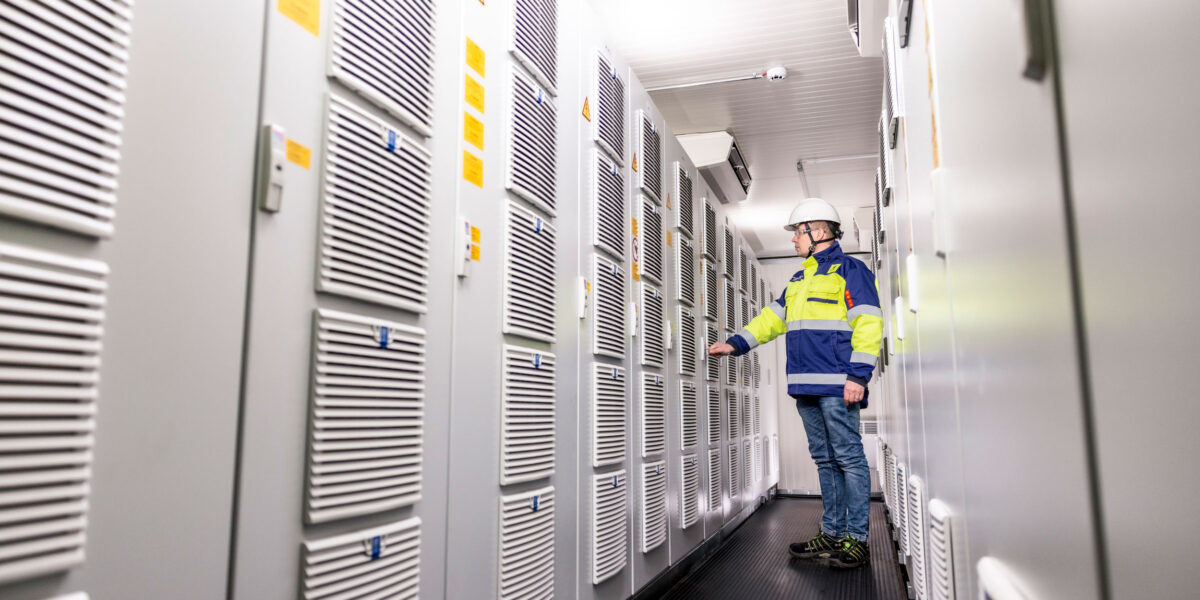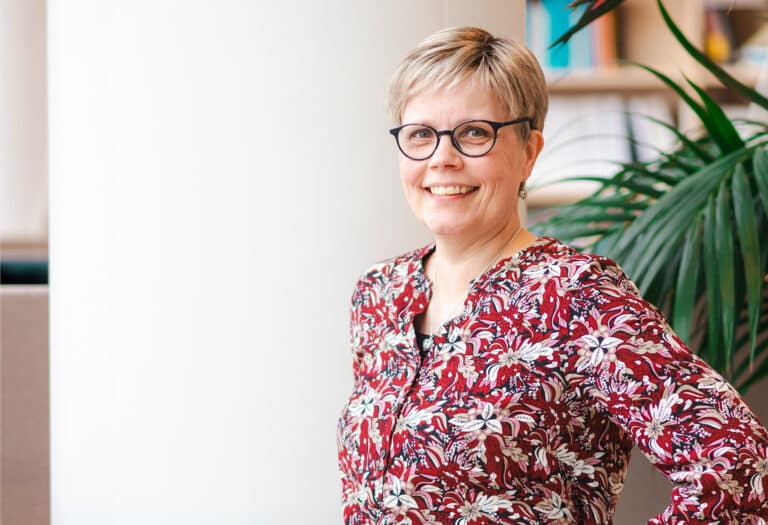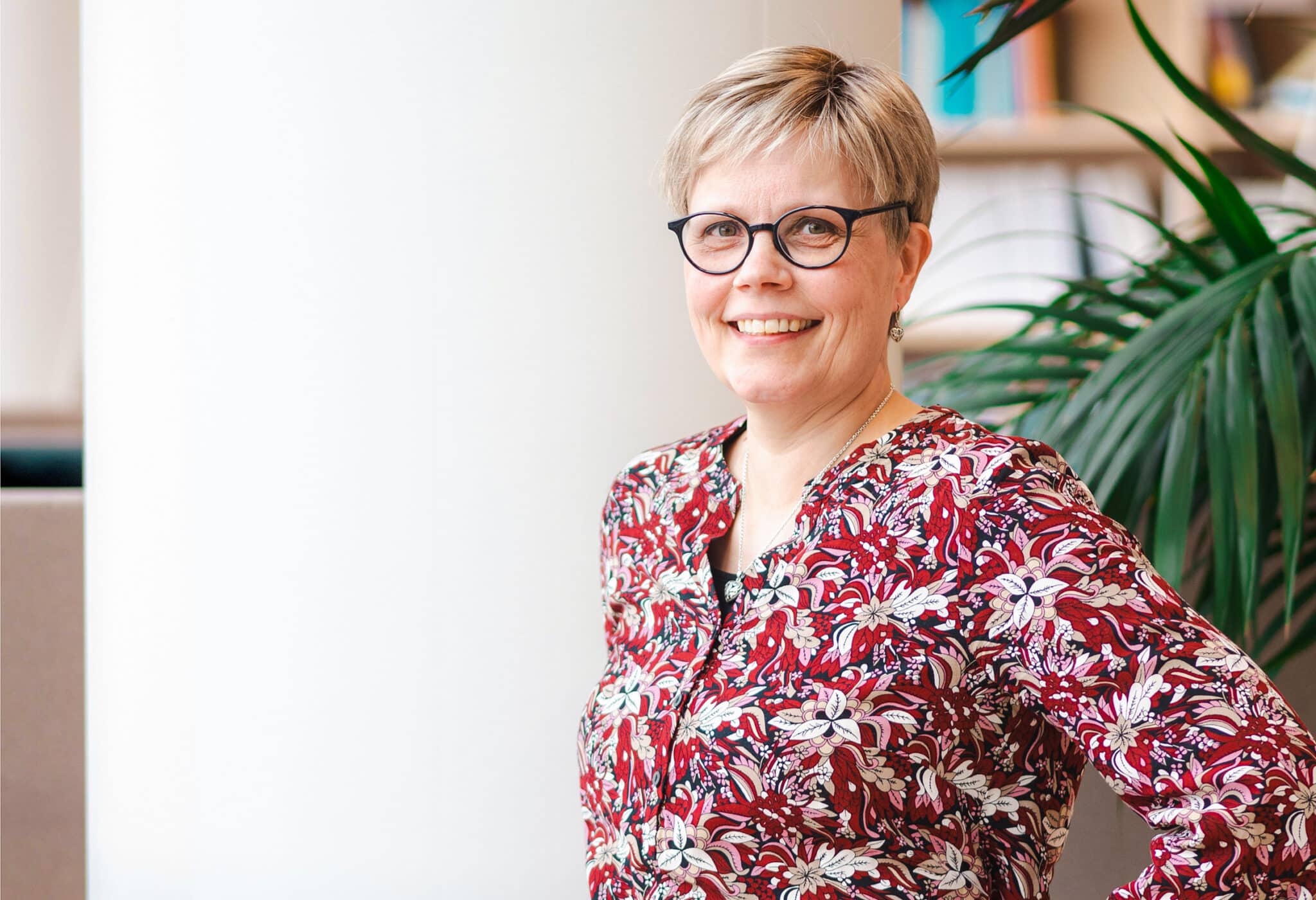Electricity production and consumption must be in balance at all times. If production is suddenly lost from the power system, or if, for example, transmission connections are damaged, balancing power and reserves are required.
To prevent the frequency of the grid from deviating too much from the normal frequency range, the reserves must be able to react quickly.
Elisa Alanen, Specialist at Fingrid, says that in the autumn of 2023, new activation requirements took effect in the frequency containment reserve market for disturbances (FCR-D), further tightening the speed criteria.
“Hydropower plants will be able to participate in the FCR-D market with implementations according to the old requirements as long as their current prequalification tests are valid. At the longest, the permit is valid until 2028, according to the requirements of the time of the current prequalification.”
Alanen estimates that the majority of hydropower plants will not be able to meet the new requirements at their current capacity if they do not invest in new technology. However, they may still be able to participate in the balancing of the grid with other reserve products that do not require the same high speed.
Solutions for hydropower operators who will be interested in the FCR-D market will include batteries, ultra capacitors, fast control and adjustment solutions.
Ultracapacitors have a long lifespan
In the summer of 2022, UPM Energy introduced an ultracapacitor in two hydropower plants. The power plants are in Katerma in Ontojoki, Kuhmo, and Kallioinen in Sotkamo.
According to UPM Energy’s Development Manager Juha Haromo, the 3 megawatt installation is the world’s first in a hydroelectric system. Capacitors are already old, familiar and proven technology.
“The ultracapacitor stores energy inside two flat surfaces electrostatically, which means it can be discharged into the grid very quickly—in just milliseconds—using inverter equipment. After the initial minutes, the hydroelectric power takes control and continues to balance the power system. The entity is managed by a top-level control system that leverages modern digital functions and automation,” he describes.
Unlike a battery, the installation does not contain rare earth metals.
According to Haromo, the major advantage of an ultra capacitor is that it does not actually wear out, even when charged and discharged. An ultra capacitor has a longer lifespan than an electrochemical battery.
“Unlike a battery, the installation does not contain rare earth metals,” he points out.
UPM Energy’s experience with the ultra capacitor is so positive that the pilot project is moving forward. In the summer of 2025, a 6 megawatt ultra capacitor will be taken into production use at the Kuusakoski hydropower plant. Kemijoki Oy also has an ultra capacitor at the Kurkiaska hydropower plant, and PVO-Vesivoima Oy has one at its Kierikki power plant.







